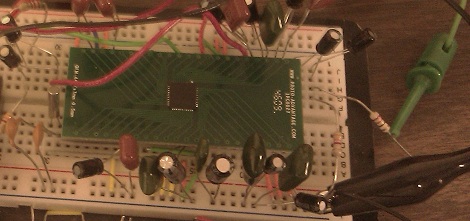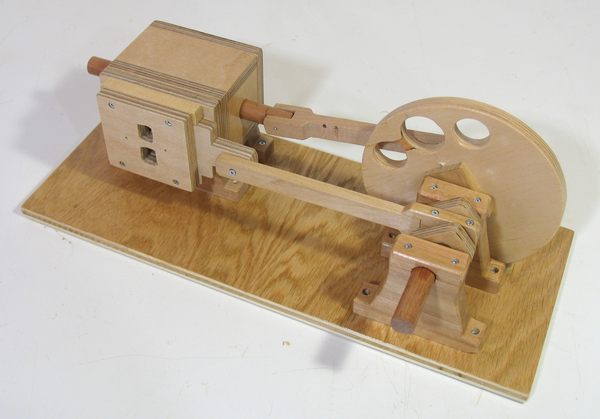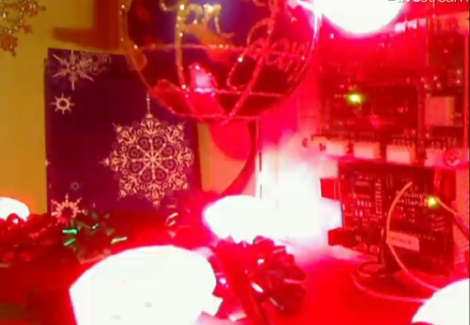
There’s a million and one ways to play around with MIDI and an Arduino. It’s trivial to have a ‘duino spit out a scale to a MIDI keyboard, or even respond to SysEx messages to change a lighting or effects rig. There’s one thing that has eluded MIDI-duino builders, though: implementing a MIDI synthesizer with a DIY shield. It’s a good thing, then, that [Keith] put up a Kickstarter for his AvecSynth project.
[Keith]’s AvecSynth is based around the Dream.fr SAM2195 single chip MIDI synthesizer. It’s a neat little IC that takes in MIDI messages from a sequencer or keyboard and spits out stereo audio. The AvecSynth takes this IC and puts it in a standard Arduino-sized package so building a gigantic light-up, foot-operated piano is now well within the purview of the weekend solder junkie.
While the SAM2195 and AvecSynth doesn’t have fancy subtractive or FM synthesis, it does have the full set of 128 voices in the General MIDI spec. It’s a great project to play around with MIDI, and the price for the DIY kit is right up our alley.
EDIT: [Keith] changed the $20 reward for his Kickstarter to PCB or two SAM2195 chips














